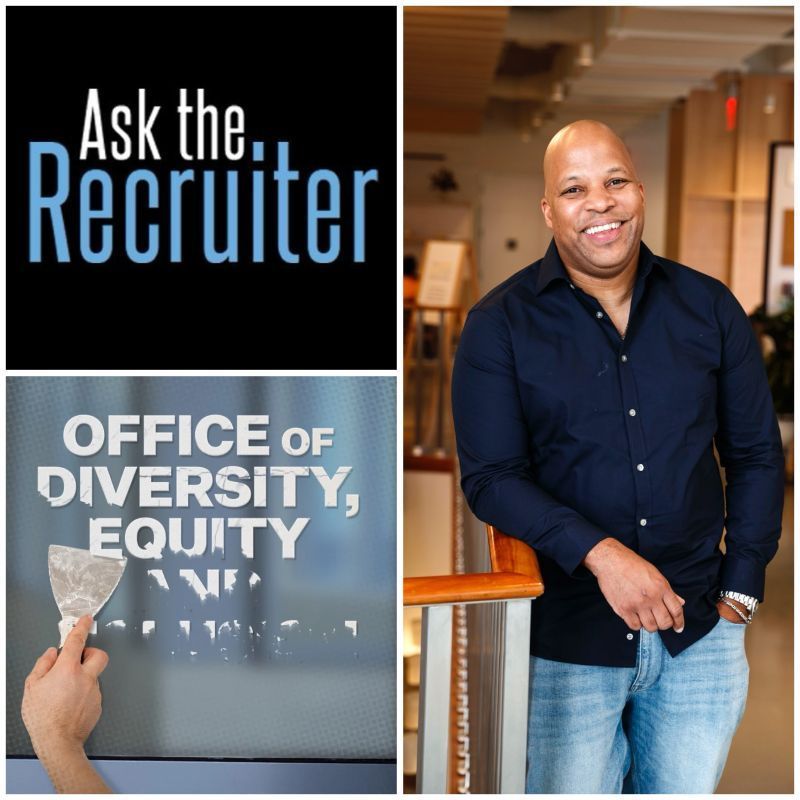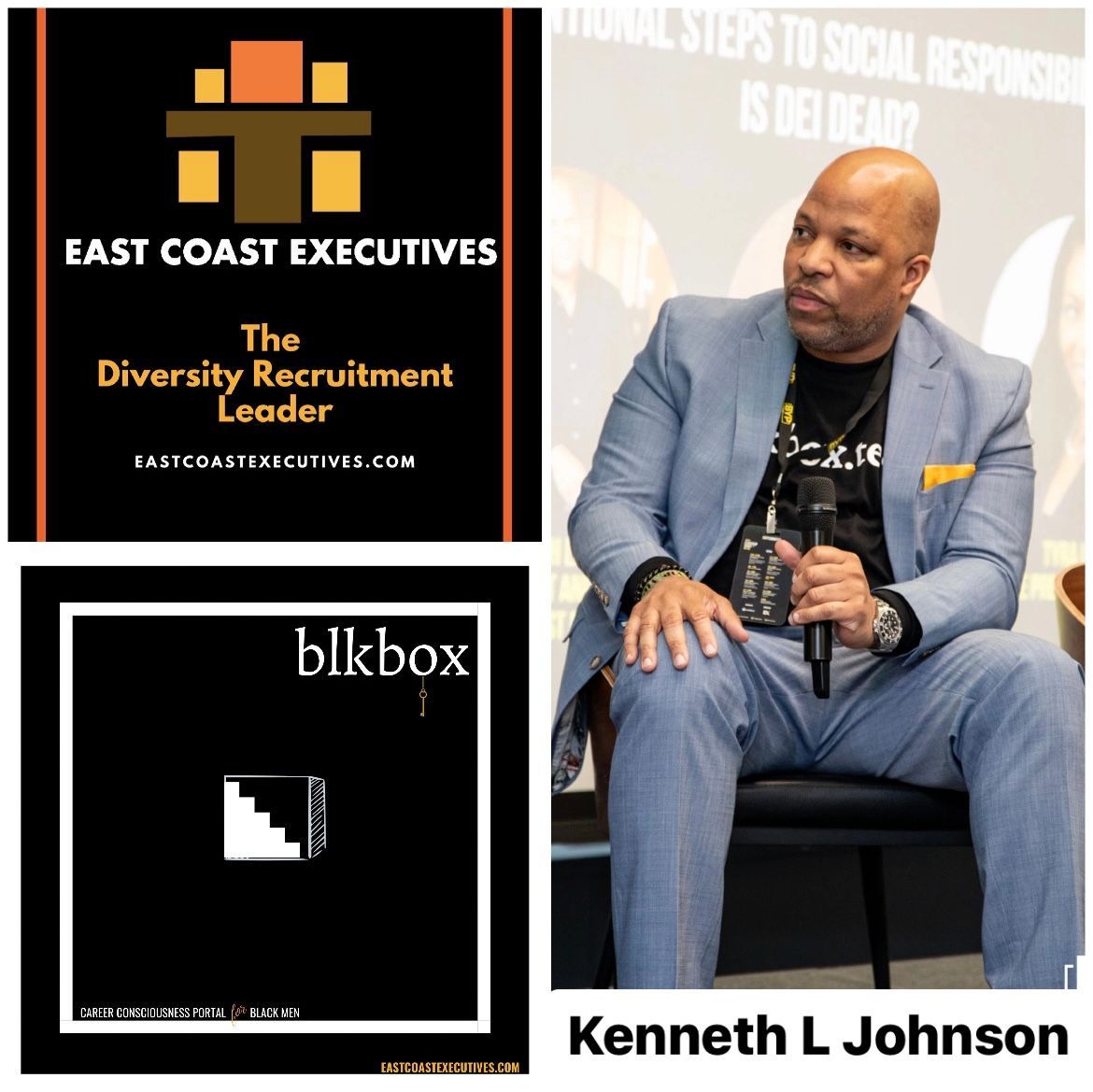Diverse Talent in the Booming Tech Industry
Guest post by Artur Meyster of careerkarma.com

Diverse Talent in the Booming Tech Industry
There is no shortage of diverse tech talent in the tech industry. Programming languages are quickly becoming universal languages spoken by people from seemingly every cultural, racial, gender, ethnical background, as well as age demographics within these backgrounds. If you feel that some diversity is what your team needs then there are a couple of great avenues to pursue for the purpose of recruiting diverse tech talent.
Code2040
Code2040 is a pioneering non-profit organization (NGO) specializing in the advocacy for Black and Latin tech professionals. Through program initiatives like their Early Career Acceleration Program (EACP) and the Code2040 Fellowship, the group is achieving their goal of helping 150,000 Black and Latin programmers fill management positions in the tech industry by the year 2040.
Statistically speaking, tech professionals who identify as Black or Latin represent 15% of the tech population. However, very few management positions in the tech industry are occupied by people of color. Code2040’s EACP is changing the landscape of the tech industry by helping to Black and Latin tech professionals be promoted into management positions. Code2040 does this so that tech management looks as diverse as the industry as a whole. The EACP initiative pairs tech professionals who are still within the first two years of their career with more senior tech professionals, who are currently serving in the management positions in the industry. Through this mentorship initiative, and the advocacy of the Code2040 organization, these underrepresented programmers are primed and ready for promotion in management, either at their current company, or elsewhere.
Meanwhile, the Code2040 Fellowship program places Black and Latin tech students at the undergraduate and graduate levels in a nine week, intensive internship at the San Francisco Bay Area’s top tech companies. Through networking and the advocacy work of Code2040, these interns also primed for successful tech careers with the increased potential of eventually being promoted into management.
Coding Bootcamps
A second excellent resource for finding diverse tech talent is by partnering with schools that host coding bootcamps, like Kenzie Academy. Bootcamp programs are helping to breath fresh and diverse talent into the tech industry by teaching students from all over the world from every racial, gender, ethnic, and age demographic the necessary coding skills needed to be successful in a career in tech. Many of these students are seasoned veterans in their own right, with an entire career behind them in another industry. These students enroll in bootcamp programs to learn new programming skills so they can dive into their new venture of a second career in the tech industry. With a vast amount of professional world knowledge, and armed with their new coding skills, these coding bootcamp graduates are sure to make an impact on your team.
Digital Marketing
Digital marketing is booming with diversity from the tech professionals working in this subfield to the skillset of the digital marketers. Digital marketing is an overcompensating term to describe all that goes into the new era of online marketing. From search engine optimization (SEO), to social media marketing, to strategic automated email campaigns, there is a lot that digital marketers do. And that’s not to mention the actual web development and design that go into a website, which ultimately is what all of these digital marketing functions are focused around.
Social Media Marketing
Social media marketing is the skill of crafting engaging content and knowing when and where to release it. It also identifies the target audience you should engage to make promotion campaigns successful. There is a lot of research that goes into successful social media marketing. A social media manager first needs to identify their client’s target audience. One should ask: Are they millennials? Gen Z? Gen X? From suburban America? Specifically LA? Then, he or she needs to figure out when this audience is typically on social media – is it early in the morning? Late in the afternoon? Late at night? One should also ask which social media platforms the target audience primarily use. Is it Facebook? Twitter? Instagram? LinkedIn? Once the information is obtained, social media marketing professionals then try to answer: Are they more likely to watch videos, reshare posts, or engage in comment threads? Knowing this information allows social media marketing managers to know what to create and where and how to place it.















